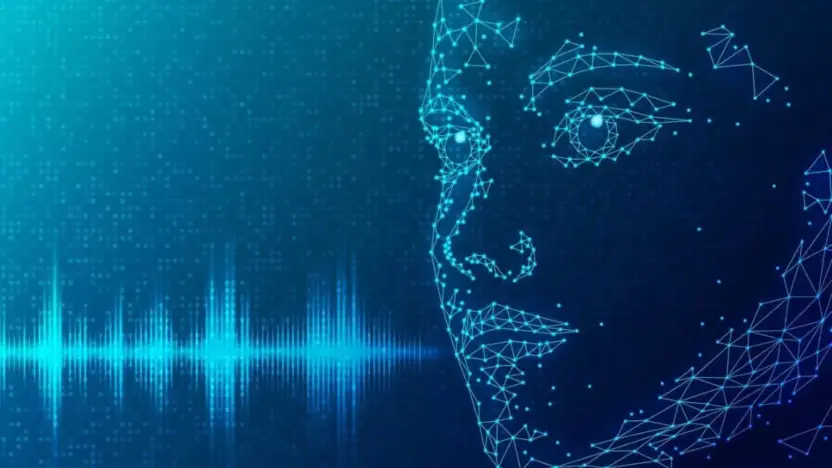In our increasingly interconnected world, language translation and effective communication are essential for bridging cultural gaps and fostering global understanding. The ability to efficiently interpret and translate human languages, once considered an exclusively human trait, is being reshaped by the integration of AI technologies. While human interpreters and translators have long held the monopoly in this area, the advent of sophisticated machine learning algorithms and neural networks is creating new possibilities, enhancing both the speed and accuracy of language translation. In this article, we will delve deeper into the power of AI in language translation and communication, and how it is reshaping the way we connect with each other across linguistic boundaries.
The Power of AI in Language Translation and Communication
The Evolution of Language Translation
Traditionally, language translation was a time-consuming and labor-intensive process, often fraught with challenges such as accuracy, context preservation, and cultural nuances. The advent of Machine Translation (MT) aimed to automate this process, but early MT systems lacked the ability to comprehend the complexities of human language fully.
Neural Machine Translation (NMT). Built on deep learning principles and neural networks, NMT overcame the limitations of previous systems. NMT models can process vast amounts of multilingual data and learn the intricacies of different languages, resulting in more accurate and contextually appropriate translations.
How AI Transforms Language Translation?
At the core of AI-driven language translation is Natural Language Processing (NLP). NLP enables computers to understand and process human language in a way that mimics human comprehension. By using NLP in NMT models, AI can recognize idiomatic expressions, nuances, and cultural references, leading to improved translation accuracy.
Training AI models with large multilingual datasets has been instrumental in enhancing language translation. The massive amounts of data help AI systems recognize patterns and idiosyncrasies in various languages, enabling them to generate more fluent and coherent translations.
The real-time translation has revolutionized global communication. AI-powered translation tools allow users to communicate seamlessly with people from different language backgrounds instantly. This has proven invaluable for businesses, travellers, and individuals seeking to connect across linguistic barriers.
Enhancing Cross-Cultural Communication
AI has shattered language barriers, making cross-cultural communication more accessible than ever before. Businesses can now expand their reach to international markets without the burden of language constraints. AI-driven translation services enable e-commerce platforms, for instance, to cater to customers in different countries, leading to increased sales and global brand recognition.
Also AI-driven language translation promotes inclusivity by providing translated content for individuals with limited language proficiency. Whether it’s educational materials, healthcare information, or government services, AI helps ensure that vital information is available to everyone, regardless of their native language.
To illustrate the impact of AI translation, let’s take the example of a healthcare provider – AI-powered language translation tools allow medical professionals to communicate effectively with patients who speak different languages. This not only enhances patient care but also fosters a more empathetic and understanding healthcare environment.
AI and Multilingual Content Creation
In the digital era, content creation is a vital component of marketing and brand promotion. AI has facilitated the process of generating multilingual content, enabling businesses to communicate with diverse audiences on a global scale.
Automated content translation tools help businesses localize their websites and marketing materials for different regions. By presenting content in the language of their target audience, companies can resonate more deeply with customers and establish a stronger online presence.
Multilingual content creation also has significant SEO benefits. Websites that offer content in multiple languages can attract a broader readership and potentially rank higher on search engine results pages. This means more organic traffic and increased visibility for businesses operating in competitive international markets.
The Future of AI in Language Translation
- AI technology’s continuous advancement brings promising prospects for the future of language translation.
- Ongoing research in AI and NLP holds the potential for even more accurate and context-aware translations.
- AI-driven language translation is expected to integrate seamlessly into diverse industries, such as healthcare, education, and tourism.
- Ethical considerations must be addressed as we embrace AI in translation, particularly concerning privacy and data security for sensitive information.
- Striking a balance between AI automation and human involvement is essential to ensure the quality and cultural sensitivity of translations.
How to Choose the Right AI Translation Tool
With an array of AI translation tools available, selecting the most suitable one for your needs can be challenging. Here are some considerations to keep in mind:
1. Accuracy and Context: Look for tools that prioritize accuracy and context preservation in their translations. Test the tool with sample texts to gauge its performance.
2. Security and Privacy: Ensure that the tool adheres to data protection standards and does not compromise the privacy of your content or user data.
3. User Interface and Integration: Opt for tools that offer a user-friendly interface and easy integration with your existing platforms.
4. Customization: Some AI translation tools allow customization to suit specific industries or domains. Choose a tool that aligns with your niche requirements.
5. Customer Support and Updates: Reliable customer support and regular updates are essential to address any issues that may arise and stay abreast of the latest developments in AI translation.
Tips for Using AI Translation Effectively
While AI translation offers immense potential, using it effectively requires a thoughtful approach:
1. Review and Edit: Always review and edit AI-generated translations to ensure accuracy and cultural relevance. Human oversight is vital to catch any errors or inaccuracies.
2. Localize Content: Remember that translation is more than just word-for-word conversion. Adapt your content to suit the cultural context of your target audience.
3. Use AI as an Aid: AI translation should be seen as an aid, not a replacement for human translators. Complex documents or sensitive materials may require professional translation services.
4. Stay Updated: As AI translation technology evolves, stay updated with the latest advancements and tools to maximize their benefits for your content.
5. Assess Language Complexity: Consider the complexity of the source text and choose the appropriate AI translation tool or human translator accordingly.
Addressing Concerns and Misconceptions about AI Translation
As with any emerging technology, AI translation has faced its share of misconceptions and concerns. Let’s debunk some common myths:
Myth 1: AI will replace human translators entirely.
Reality: While AI offers remarkable efficiency, human translators bring invaluable cultural and contextual understanding to the table, ensuring the highest quality of translation.
Myth 2: AI translation is error-free.
Reality: AI translation is not flawless and may produce inaccuracies, especially in complex texts. Human review and editing are necessary for precise translations.
Myth 3: AI translation is expensive and inaccessible.
Reality: Many AI translation tools are affordable and easily accessible, making them viable options for businesses of all sizes.
Also Read: What Makes Education a Lifelong Journey?



